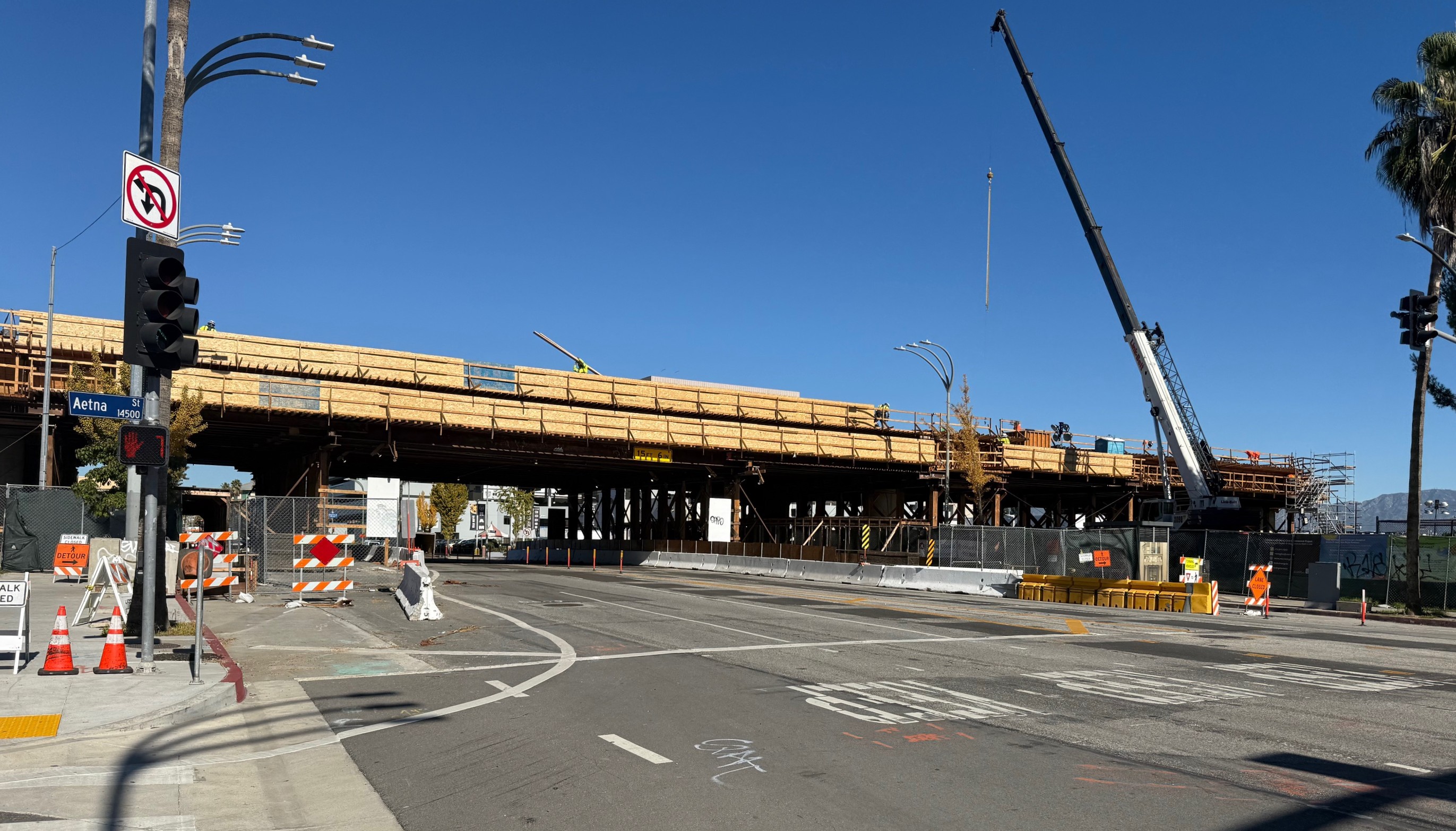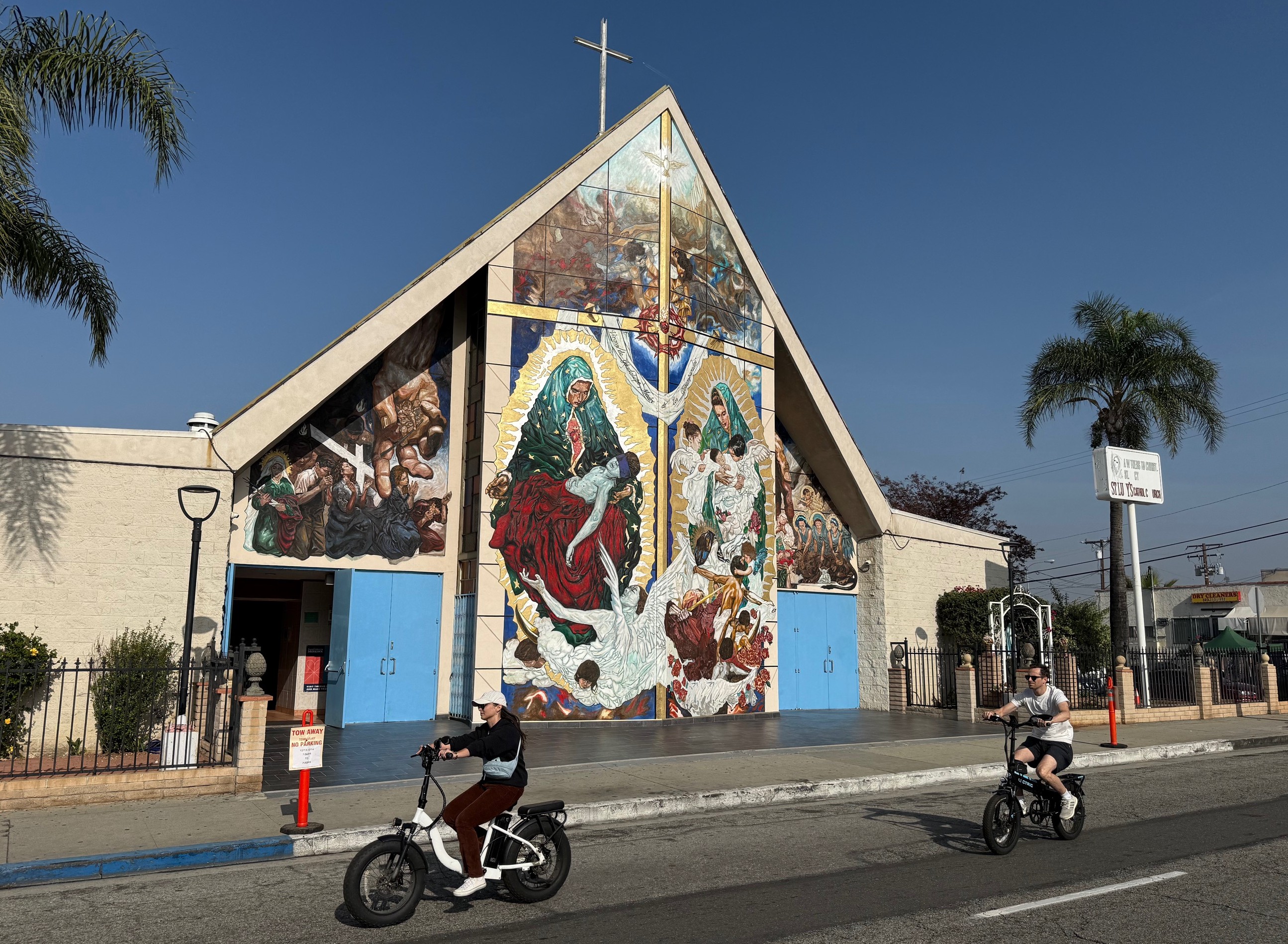This is one of the worst parts of biking on a typical American street: You're riding your bike and you hear a car coming up from behind you. It's loud; you can tell it's going fast. Does the driver see you?
WHOOSH ... the car passes you at arm's distance. Nothing like a little trip through the blood pressure spectrum first thing in the morning.
Discourteous, dangerous and illegal passing by cars is uncomfortably common, according to a new study out of Baltimore [PDF], even as three-foot passing laws are beginning to become the norm. But it looks like plain old painted bike lanes make a difference. Seth at Baltimore Velo files this report:
Researchers at the Johns Hopkins Center for a Livable Future at the Bloomberg School of Public Health published a study this week that takes a look at how well the law is being followed by vehicles. Unfortunately, the answer is not very well.
Here are some key findings of the groundbreaking study:
- Overall, bike lanes in Baltimore improve cyclist safety
- Without bike lanes, drivers had trouble sharing the road with cyclists
- One in six Baltimore drivers, or about 17 percent, violated the 3-foot law
- Researchers found a 20 percent increase in motorist adherence to the 3-foot law for bike lane streets compared to standard streets
Having this quantifiable data makes a very compelling case for the city to continue (and increase) its funding for dedicated bike lanes around the city.
Elsewhere on the Network today: Walkable Dallas Fort Worth offers new revelations about the benefits of small blocks for pedestrians. Systemic Failure examines the creepy subtext of a Toyota commercial involving children's experience as car passengers. And Bike Delaware wonders if we will we ever be safe from distracted driving in an increasingly connected world.






